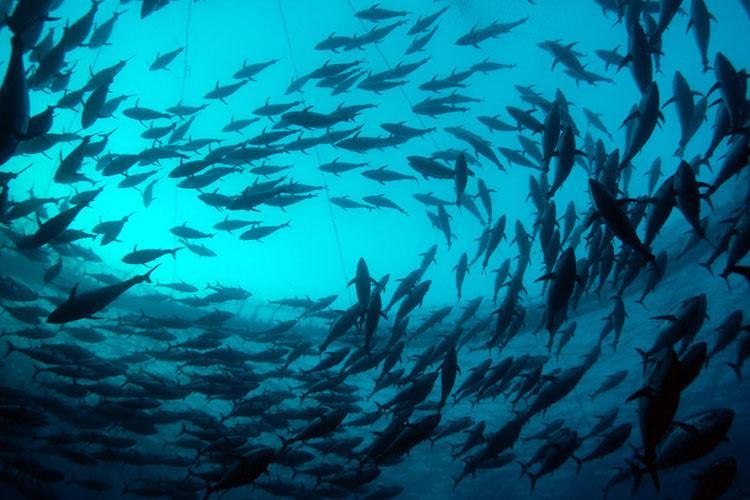China is the world’s largest provider of harmful fisheries subsidies, with support that exceeds 4,000 million dollars annually, highlighted the United States Trade Representative (USTR).
«These subsidies contribute to the overfishing and overcapacity that threaten fish stocks globally,» the USTR said in its 2022 Barriers to Foreign Trade report.
In fact, China is the world’s largest producer of marine capture fisheries and, in the years since joining the WTO, has continued to support its fishing fleet through subsidies and other market-distorting means.
China’s annual fish harvest is nearly double that of other major producers in terms of marine catch.
At the same time, reports continue to emerge of Chinese-flagged fishing vessels engaging in illegal, unreported and unregulated (IUU) fishing in distant waters, including in areas under the jurisdiction of other WTO members.
“While China has made some progress in reducing subsidies to domestic fisheries, it continues to shift its excess capacity to international fisheries by providing a much higher rate of subsidy support to Chinese distant-water fishing companies,” added the USTR.
For several years, the United States has been raising concerns about China’s fishing subsidy programs.
In 2015, the United States submitted a written request for information pursuant to Article 25.8 of the WTO Agreement on Subsidies and Countervailing Measures (Agreement on Subsidies).
This presentation addressed the fisheries subsidies provided by China at the central and sub-central levels of government.
Fisheries subsidies
The subsidies in question were set out in nearly 40 measures and included a wide range of subsidies, including subsidies for the acquisition and renovation of fishing vessels, subsidies for new fishing equipment, subsidies for insurance, subsidized loans for processing facilities, subsidies for fuel and the preferential provision of water, electricity and land.
When China did not respond to this request, the United States was forced to file a Section 25.10 counter-notification covering these same measures. China’s most recent subsidy notifications have been more complete, but still incomplete, according to the USTR.
The US government has stated that it will continue to investigate the full extent of China’s fisheries subsidies and continue to press China to fully comply with its subsidy notification obligations to the WTO.
The United States will also seek to ban harmful fishing subsidies as part of the ongoing WTO negotiations on fishing subsidies.
![]()

